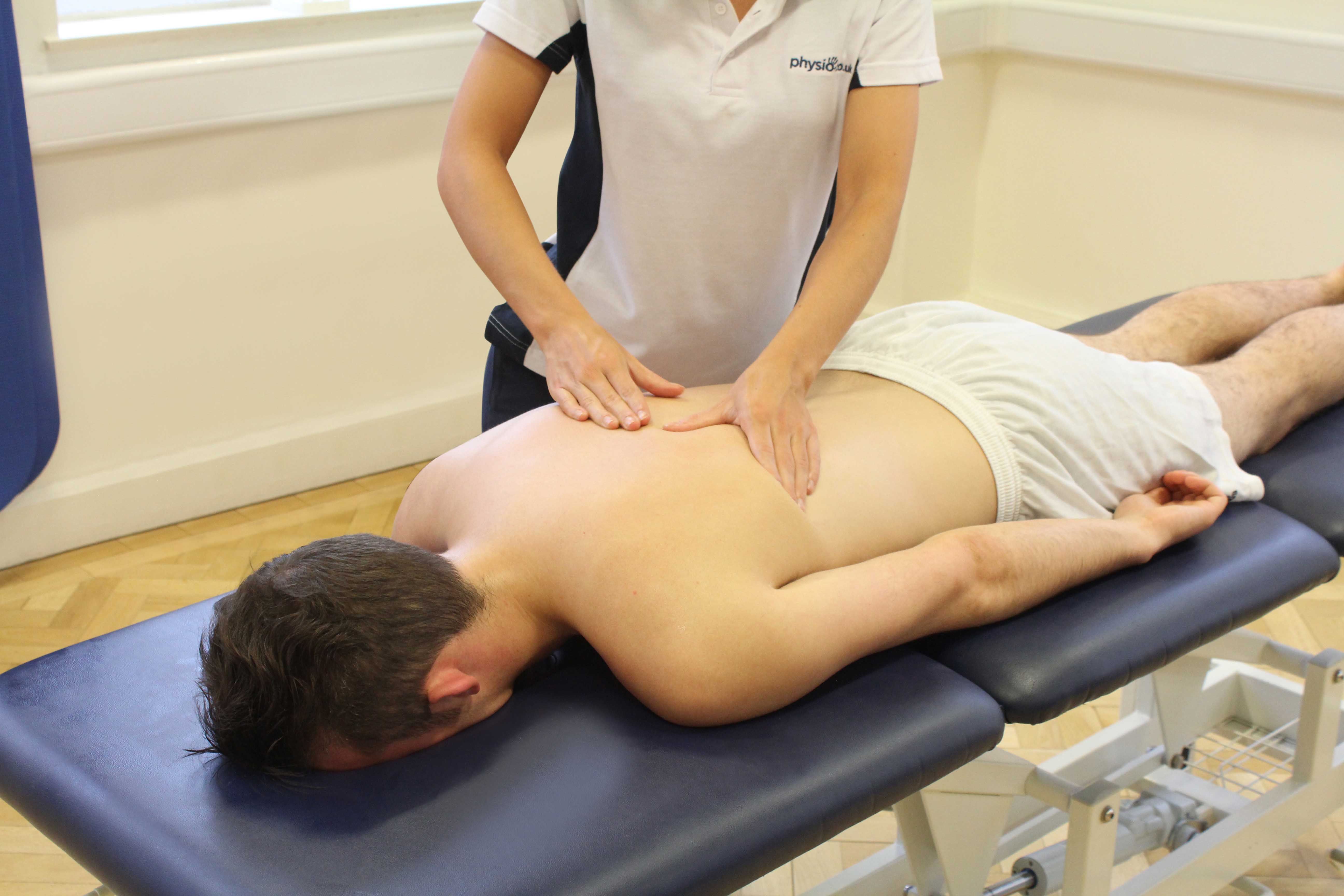Introduction
An above elbow amputation is the removal of the arm above the elbow joint. The main reasons for an above elbow amputation are trauma, cancer and bone infection. The levels of above elbow amputations can be separated into three categories, high amputation near the shoulder joint (metaphyseal), mid upper arm (diaphyseal) or near the elbow joint (supracondylar).
- Above Elbow Surgery
- Physiotherapy for Above Elbow Amputation
- Above Elbow Prosthesis
Above Elbow Surgery
The level of the above elbow amputation will be determined by the surgeon during a thorough assessment. Often the cause of the amputation will affect the level of the required amputation. For example, if the amputation is due to trauma or sepsis the amount of arm that can be preserved will depend on the location of this. The surgeon will aim to preserve the length of the arm but also needs to be able to appropriately pad the stump to optimise prosthetic fitting. During the amputation the surgeon will smooth the end of the exposed bone to try and prevent soft tissue trauma from bony edges. The surgeon will separate the nerves and remove them from the site of amputation and place them in healthy soft tissue, to reduce irritation from the prosthetic socket or any other unwanted sources of contact from the wound healing.
The surgeon will then perform either a myoplasty or a myodesis to stabilise the bone and soft tissue. A myoplasty is where the opposing muscles in the residual limb are stitched together to stabilise the arm. A myodesis is where the muscles are stitched to the bone. Both work well to pad the stump and facilitate the use of a prosthesis.
The surgeon will need to consider the functional limitations of amputation levels and prosthetic designs. Other factors that need to be considered are the individual’s occupation and their physical and emotional well-being.
 Above: Stretch of the hip flexor muscles applied by a specilaist massage therapist
Above: Stretch of the hip flexor muscles applied by a specilaist massage therapistPhysiotherapy for Above Elbow Amputation
Rehabilitation can be carried out by a physiotherapist or occupational therapist. The physiotherapist will focus on learning how to use the prosthesis and adaptive skills to compensate for the missing arm. Treatment will start when the individual is still on the ward. The physiotherapist will also focus on maintaining and improving overall body strength and fitness levels. While the individual is still in hospital, the physiotherapist will work with them to get them walking to reduce muscle weakness and also to assist with recovery from the surgery.
Whether you choose life with or without a prosthesis you will still benefit from rehabilitation with a physiotherapist. Physiotherapy for above elbow amputation has been divided into two different treatments:
Prostheses for Above Elbow Amputation
A prosthesis is an artificial limb used to help replace the loss of function from amputations. When deciding on a suitable prosthesis, the patient will normally choose between a functional prosthesis and a cosmetic prosthesis.
- Functional Prosthesis
- Cosmetic Prosthesis
Summary
Above elbow amputations occur above the elbow joint. It will be the surgeon who will decide at what level to amputate your elbow taking into consideration trauma and disease location. After surgery you will be offered physiotherapy to assist you in learning new skills, which will help you to adjust to life with a missing limb. You may wish to be fitted with a prosthesis which can help you carry out these new skills. To arrange an assessment please call Physio.co.uk on 0330 088 7800. Alternatively, book an appointment online today!

 0330 088 7800
0330 088 7800

































